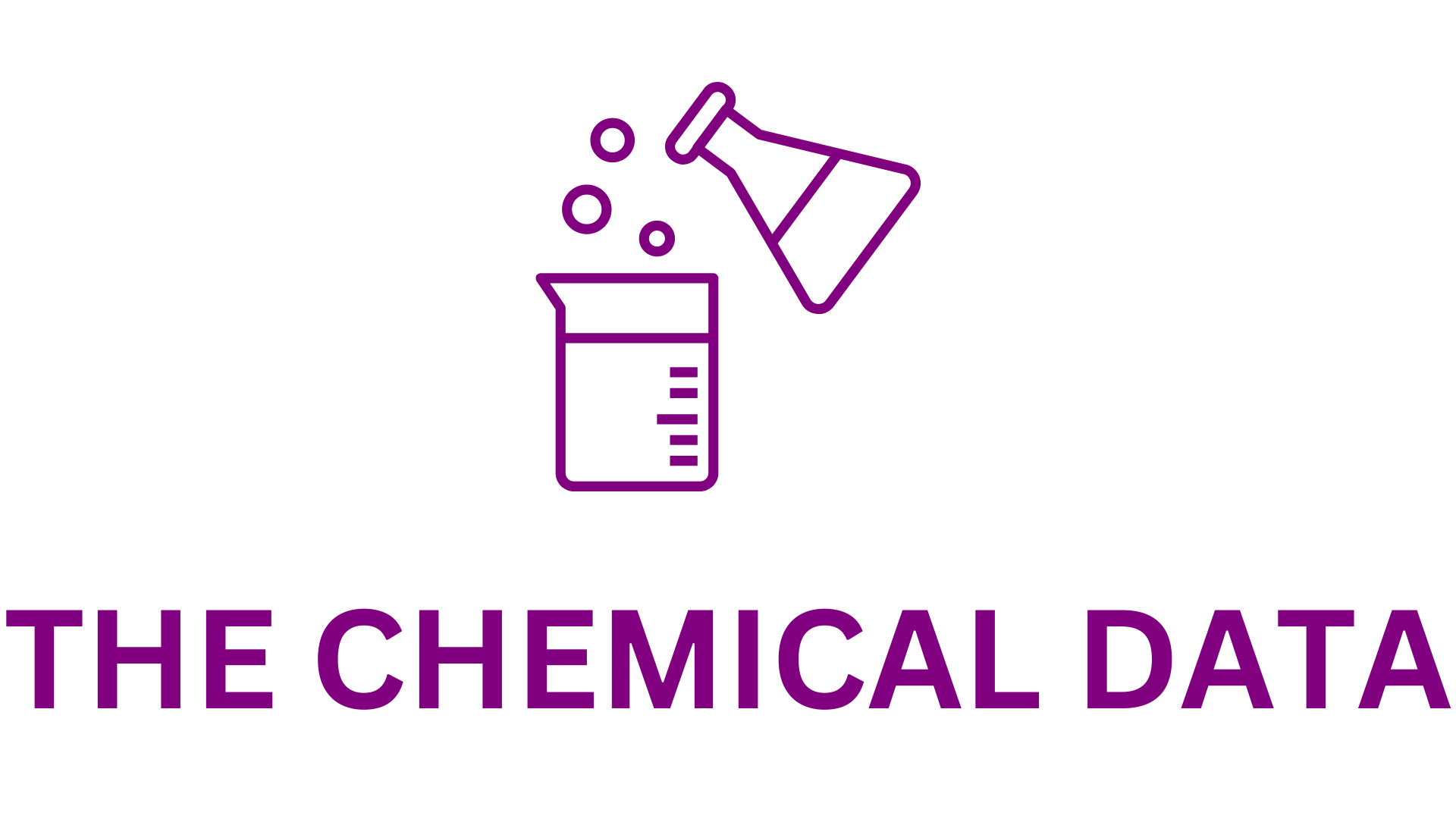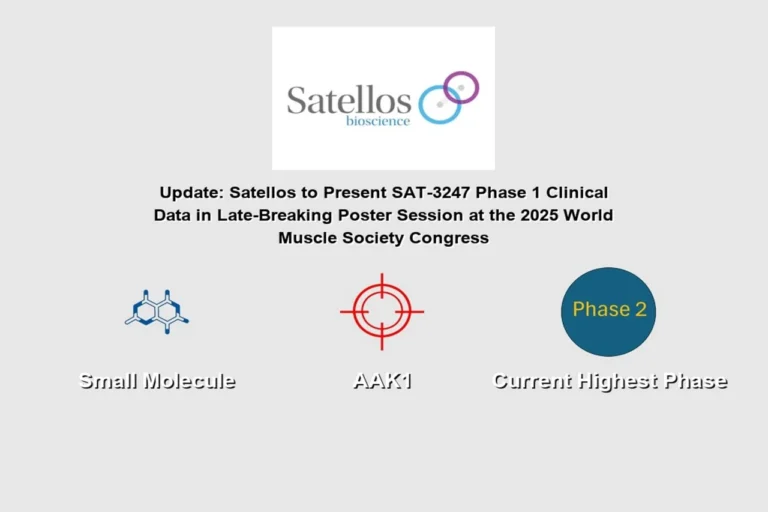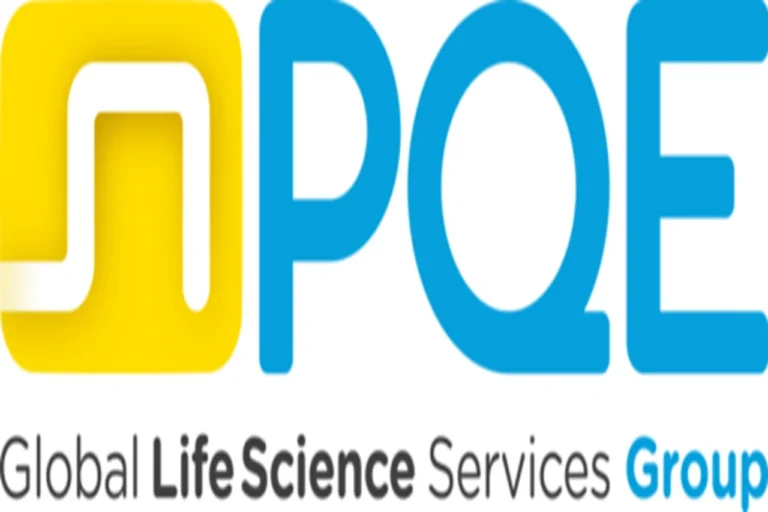
AkzoNobel Partners with BASF to Reduce Carbon Footprint of Mass-Market Paints
In a landmark collaboration aimed at accelerating sustainability within the coatings and chemicals industries, AkzoNobel has announced a strategic partnership with BASF to significantly reduce the carbon footprint of its decorative paints across the EMEA region (Europe, Middle East, and Africa). This initiative showcases both companies’ dedication to reducing Scope 3 greenhouse gas emissions, which pertain to indirect emissions occurring in the value chain of reporting companies, including both upstream and downstream activities.
The partnership centers around AkzoNobel’s procurement of biomass-balanced (BMB) raw materials from BASF, a move designed to integrate sustainability without sacrificing product performance or requiring modifications to existing manufacturing processes. These BMB ingredients serve as direct substitutes for traditional fossil-based inputs in paint formulations, allowing AkzoNobel to produce the same high-quality decorative paints with a substantially lower carbon footprint. According to AkzoNobel, incorporating BASF’s BMB ingredients leads to a minimum carbon reduction of 5% per product.
BASF achieves this carbon reduction through a certified mass balance approach that involves substituting fossil-based feedstocks with renewable alternatives such as bionaphtha and biomethane. This transition does not entail changes in the chemical composition of the final product but rather reflects a more sustainable supply chain. The mass balance system is independently certified, providing credibility and transparency to the initiative. One of the key products being transitioned under this model is BASF’s acrylic binder, a primary component in many decorative paints.
Wijnand Bruinsma, AkzoNobel’s Director of Sustainability, emphasized the strategic importance of the initiative: “Integrating BASF’s BMB ingredients into our higher volume consumer products will help us achieve a significant overall impact in terms of carbon footprint reduction. Our partnership means the carbon footprint of any paint we produce using the BMB approach will be cut by at least 5% to begin with, compared with the same formula produced using 100% fossil-based material.”
For BASF, this collaboration underscores its role as an enabler in the broader industrial transition to sustainable practices. Dr. Jörg Niebergall, Senior Vice President of Dispersions Europe at BASF, highlighted the significance of the partnership, stating, “We’re proud to support AkzoNobel accelerate its sustainability agenda. Through our broad portfolio of sustainable and low carbon products, we’re enabling the company to offer its customers products with a lower carbon footprint. We also provide data, tools and expertise, empowering AkzoNobel to make informed decisions. The collaboration demonstrates the strong commitment of both companies to a more sustainable future.”
As a testament to its commitment, AkzoNobel is preparing to launch an updated version of its popular Dulux Easycare range in the United Kingdom. Set to debut in Q2 of 2025, the new formulation will include the certified mass balanced acrylic binder sourced from BASF. This marks the first time AkzoNobel has used such a certified material in a major consumer-facing product, making it a milestone in the company’s sustainability journey.
The adoption of biomass balanced ingredients is not just a singular event but part of a broader roadmap AkzoNobel is implementing to transform its entire value chain. Bruinsma elaborated on the importance of partnerships in achieving these goals: “We can’t drive the reduction of Scope 3 carbon emissions by ourselves, that’s why collaboration is so important. Partnerships like this play a key role in making change happen quicker and teaming up with BASF will help us create a scalable approach to more sustainable solutions.”
In support of this transition, AkzoNobel is actively pursuing RedCert2 certification for all its relevant production facilities across Europe. RedCert2 is a widely recognized certification system that ensures transparency and credibility in the mass balance method for sustainable chemical production. By aligning its operations with this standard, AkzoNobel reinforces its long-term commitment to sustainability and environmental accountability.
The implications of this partnership are far-reaching. By sourcing lower-carbon raw materials, AkzoNobel can reduce the embedded emissions in its products without requiring changes in its production lines or formulas. This makes the initiative highly scalable and capable of being implemented across various product lines and markets. More importantly, it sends a strong signal to the industry that large-scale, practical steps can be taken toward decarbonizing even the most complex and traditionally carbon-intensive manufacturing processes.
Furthermore, the collaboration between BASF and AkzoNobel exemplifies how sustainability goals can be embedded into the supply chain, affecting not just final products but the materials and methods used to create them. The ability to track, verify, and report reductions in carbon emissions through a third-party certified process is critical for corporate transparency and regulatory compliance, especially as more regions adopt stricter environmental standards.
The business case for integrating BMB materials is also compelling. Beyond regulatory compliance and environmental benefits, offering products with lower carbon footprints meets the growing consumer demand for sustainable goods. It also strengthens brand loyalty and market differentiation in an increasingly environmentally conscious marketplace.
In essence, the partnership between AkzoNobel and BASF represents a model of industrial cooperation that tackles climate change through innovation, science, and shared responsibility. As more companies commit to net-zero targets and climate-related disclosures, such collaborations will become essential mechanisms in driving measurable progress.
Both companies have signaled their intention to expand the scope of this initiative. There are discussions underway to include additional product lines and to further increase the percentage of renewable feedstock used. The partnership may also influence other stakeholders in the value chain, encouraging raw material suppliers, logistics providers, and retailers to adopt similar practices.
To conclude, the agreement between AkzoNobel and BASF is more than a supply contract; it is a strategic alignment of two industry leaders aiming to set a precedent for sustainability in manufacturing. It illustrates how incremental changes at the material level can lead to significant environmental gains when applied at scale. By leveraging BASF’s innovation in biomass balanced chemistry and AkzoNobel’s market reach, the collaboration serves as a powerful example of how industries can reduce their carbon footprints and move closer to a sustainable, circular economy.







